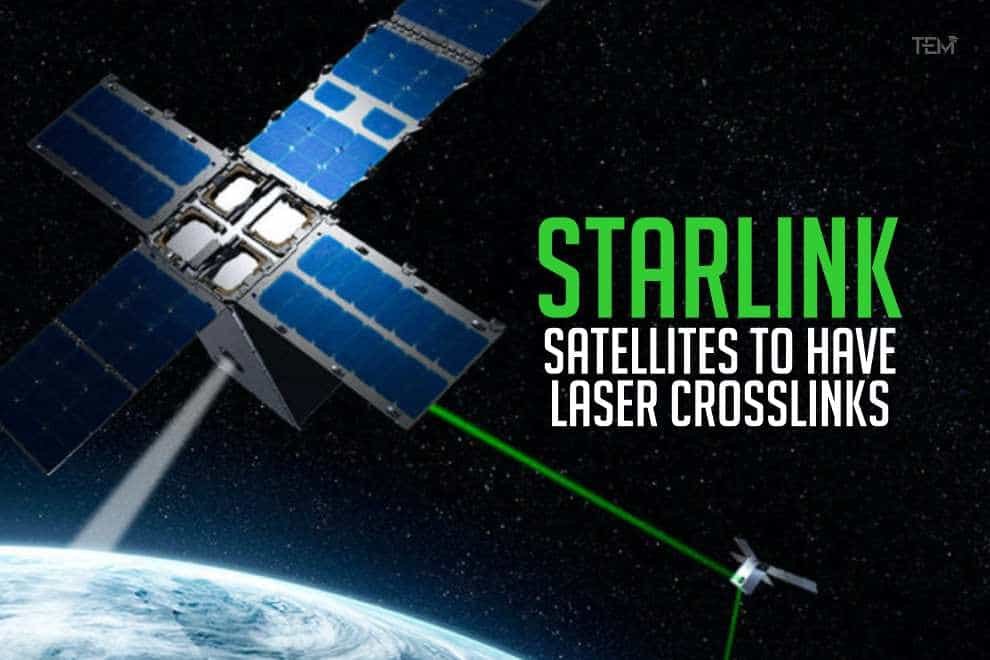Key Highlights:
- SpaceX is adding laser terminals to all future Starlink satellites.
- Shotwell stated that the next Starlink launch will take place in “approximately three weeks.”
- The cost of user terminals continues to be an issue for SpaceX, which substantially subsidizes them.
Adding Laser Terminals
According to president and chief operating officer Gwynne Shotwell, SpaceX is adding laser terminals to all future Starlink satellites, which is why the broadband mega constellation is taking a hiatus in launches.
Shotwell told the Space Symposium on August 24 that the company’s choice to include laser crosslinks, which allow satellites to communicate with each other and minimize dependency on ground stations, is “why we’ve been battling” to launch a Starlink mission since June 30.
Prior to the interruption, SpaceX had been running an ambitious launch campaign with its Falcon 9 rocket, expanding the Starlink constellation to more than 1,600 satellites in low Earth orbit.
Each Falcon 9 launch for the network has typically put 60 Starlink satellites at a simultaneously. This May alone saw four Starlink launch missions.
Starlink launch in three weeks
SpaceX has regulatory approval to launch 4,408 satellites at 550 kilometers altitude to provide worldwide coverage.
Shotwell stated that the next Starlink launch will take place in “approximately three weeks.”
SpaceX deployed ten Starlink satellites with laser crosslinks to polar orbit in January, the company’s first with the technology, eliminating the requirement for ground support over the poles.
A ground station does not have to be in the same satellite footprint as user terminals since communications can be sent from one satellite to another on the same or neighboring orbital plane.
In addition to lowering the number of ground stations required for global coverage, laser crosslinks can minimize latency by minimizing the number of hops between satellites and ground stations.
Antenna pain point

The cost of user terminals continues to be an issue for SpaceX, which substantially subsidizes them.
According to Shotwell, SpaceX continues to lose money on user terminals with each client it gets since its cost is more than the ordinary user can pay.
“We were able to tackle almost all of the elements of the cost before we rolled out service, with the exception of the user terminal,” she said.
She stated that the business is on target to cut the cost of its user terminals, which retail for $499, in half by the end of the year.
“And then we think we’ll be able to cut that in half yet again,” she added.
She did, however, mention a global scarcity of semiconductors, which has “delayed the new user terminals,” as well as a shortage of liquid oxygen, which is creating further problems for the company’s launch side of the business.
Also Read: Why Satellites are used to monitor Climate change?










